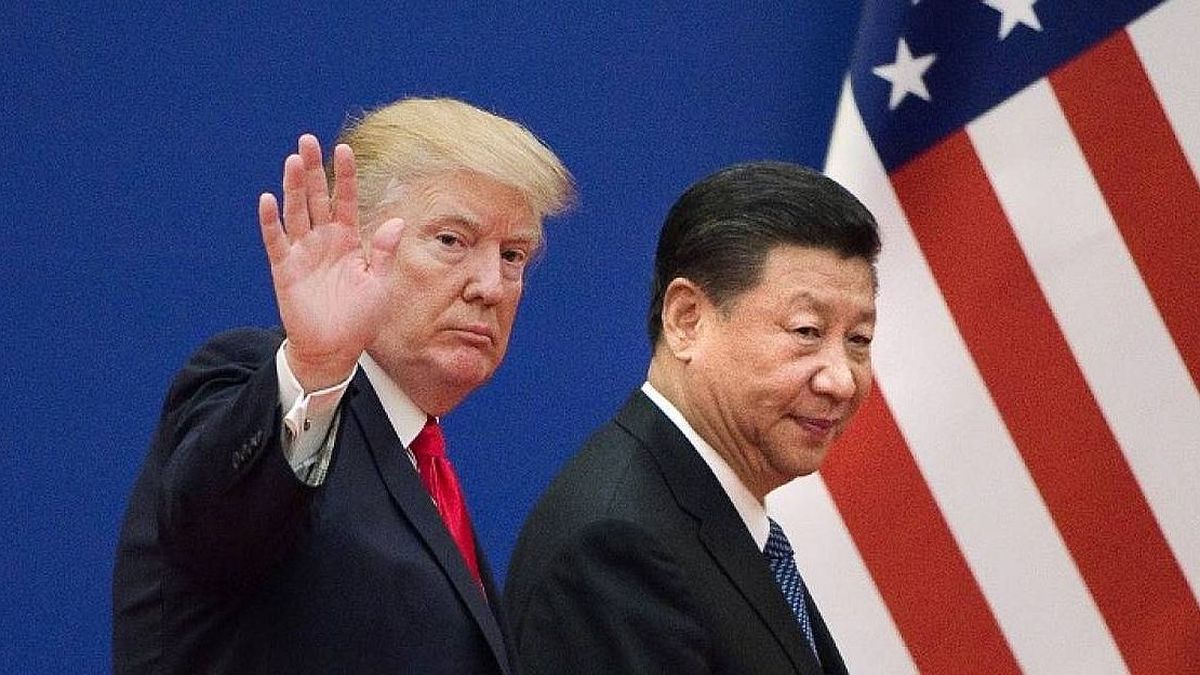According to Report on Banks of the Central Bank, between November 2021 and the same month of 2022, the exposure of financial institutions to “Treasury risk” went from 13.6% to 15.1% of their capital, while that the placements in Leliqs and passes varied from 27.9% to 32.3% in the same period. In the first case, it rose one and a half percentage points and in the second, 4.4.
The report of the entity directed by Miguel Pesce maintains that in the eleventh month of 2022 Banks’ total assets decreased 2.2% in real terms compared to a year ago. It grew nominally 88.1%. Regarding the composition of the total assets of the set of entities, in November there was a slight increase in the relative weight of the balance of current accounts at the BCRA in foreign currency and of BCRA instruments in national currency”, indicates the report. On the other hand, he says thatfinancing to the public sector and credit in pesos to the private sector slightly reduced their relative importance”. In the last year it could be said that there was a dispute between the Central Bank and the Treasury to capture the pesos that are loose in the market, and that pushed interest rates up.
Public sector risk
A report from the consulting firm SBS states that the exposure of financial entities to public sector risk (Central Bank + Treasury) went from 13% in 2019 to 41% in the third quarter of last year. The report shows the evolution of Banco Galicia, BBVA, Macro and Supervielle: in effect, between October and December 2019 the exposure of these entities was below 15% of their capital and at the close of the first half of 2022 It was in a range that goes from 35% to 45%. Juan Manuel Franco, chief economist of the SBS group, stated that despite the distrust there is a solid position of the entities.
In a dialogue with Ámbito, he said that “the risk of contagion to the economy (in the event of a crisis) would occur due to the fact that, if a credit event occurred, the payment chains could be affected, something that occurred for example in the 2019 reprofiling, where investors who had a certain flow of pesos could not charge it for that measure”. “Anyway, banks today are more solid from what is liquidity in dollars and given the adverse impact that a credit event in pesos would have, we believe that the Government will go looking for a way to roll out maturities appealing to pragmatism,” Franco explained.
According to various market operators consulted, there are pay attention only to Treasury Bills, since BCRA Liquidity Bills and passive repos are monetary regulation instruments, even if they are paid. Therefore, many pay attention only to the solvency of the state.
From this point of view, the analyst christian buteler told Scope that technically “banks are not too exposed” to public debt. As he explained, if there was a debt default, financial institutions would not go bankrupt, but it does warn that “great mistrust and a run would be generated”, which in practical terms could be equivalent. As he explained, the situation of the banks regarding the debt with the State is different with respect to what it was around 2001.
The point is that the Treasury currently has to renew $1 trillion per month on average and for no more than three months. Nobody still dares to renew titles beyond August. But I’llGiven the moment, and if the economic variables remain unexploited, the investors who decide to exit the Treasury Bills would not have dollarizing alternatives like those that occurred in the 2018 and 2019 crisis, in which the funds bought dollars and left. Today there are no dollars. “The stocks play in favor of the Treasury,” said Buteler, who believes that when the time comes, fund managers will have to renew and keep the pesos, exposing themselves to investment alternatives that currently yield half of monthly inflation.
According to market sources, The fear of a default on the debt in pesos, especially in the event of a change of government sign in December, is palpable among administrators. Despite this, after the debt swap in January, the minister Sergio Massa managed to recover some oxygen. It ended the month with placements that exceeded monthly maturities by $219,000 million and, with it, He already has a large part of the February commitments resolved.
Source: Ambito




